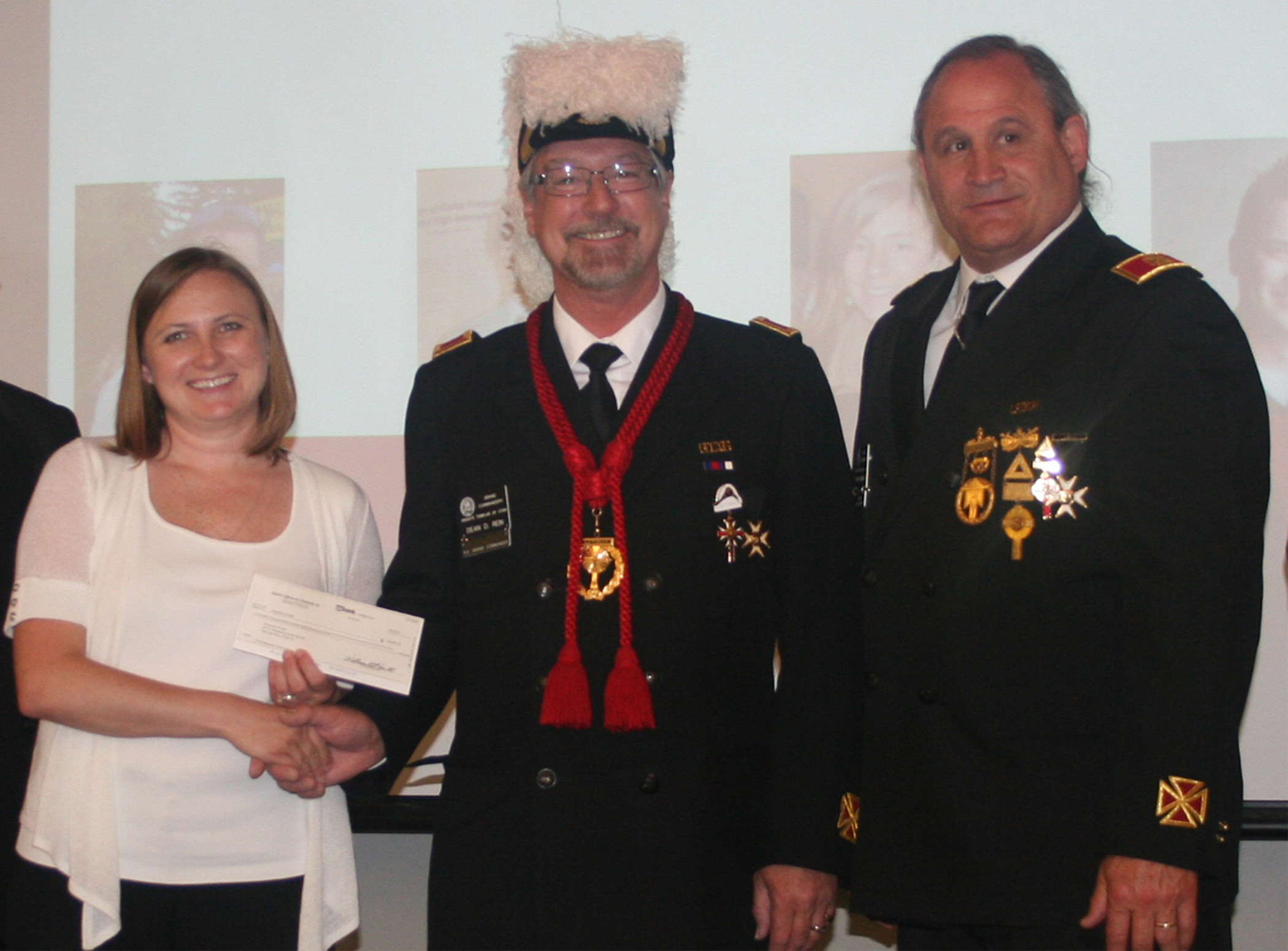
July 20, 2012 –Brittany Coats, an assistant professor of mechanical engineering at the University of Utah and principal investigator of the Pediatric Injury Biomechanics Laboratory, received a $60,000 research grant from the Knights Templar Eye Foundation. With this grant, Coats will develop a viable model of the pediatric eye to enhance and accelerate pediatric ocular research, which has been largely neglected in the research community.
The mechanical properties of ocular structures in adults were first evaluated in 1971, and they continue to be extensively characterized today. To date, only three studies have investigated material properties of the pediatric eye. Because of this disparity, computational models designed to advance vision research are flourishing for adult ocular disorders, but are practically non-existent for pediatric ocular disorders. Until age-dependent material property data are collected, pediatric vision research will continue to be at a severe disadvantage.
To correct this disparity, Coats and her research group plan to conduct a series of studies to comprehensively evaluate material properties in the pediatric eye and identify changes throughout early and late development. This data will provide pediatric vision researchers with an improved understanding of ocular mechanics in children.
Several members from the Utah Commandery of Knights Templar presented Coats with her award on behalf of the Knights Templar Eye Foundation at a presentation on June 25.
About the Knights Templar Eye Foundation
The Knights Templar Eye Foundation is committed to support research that can help launch the careers of clinical or basic researchers focused on preventing or curing potentially blinding diseases in infants and children. They support clinical or basic research on conditions that can be treated or prevented. Examples include amblyopia, congenital cataract, congenital glaucoma, retinopathy of prematurity, ocular malformations, congenital nystagmus, and other hereditary eye diseases such as retinal dystrophies or retinoblastoma.
